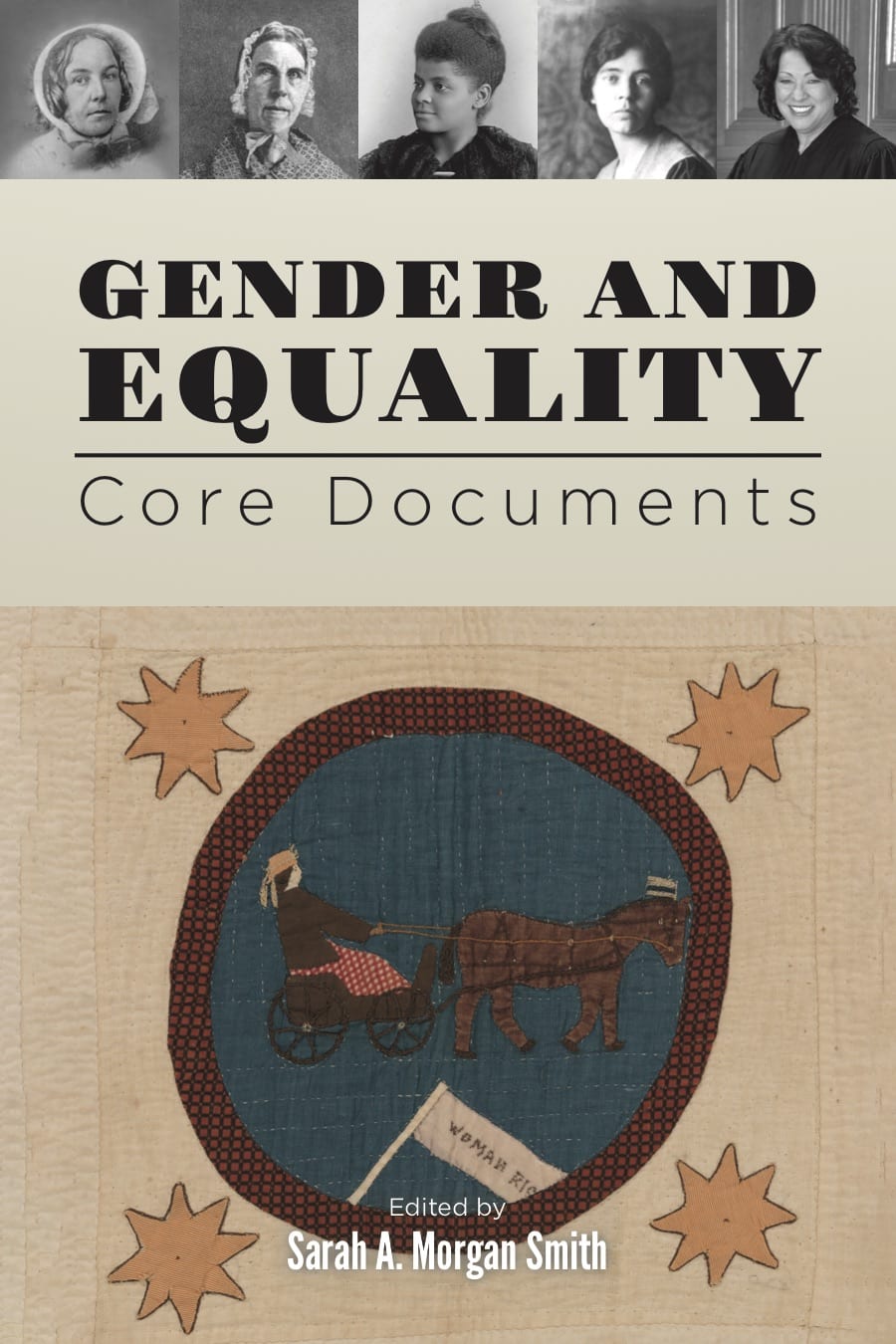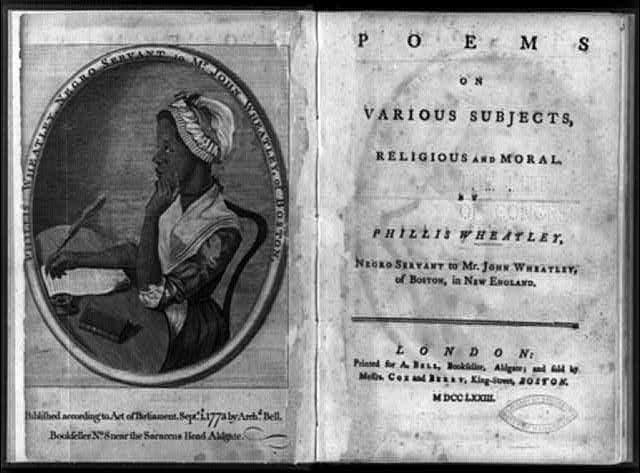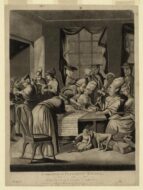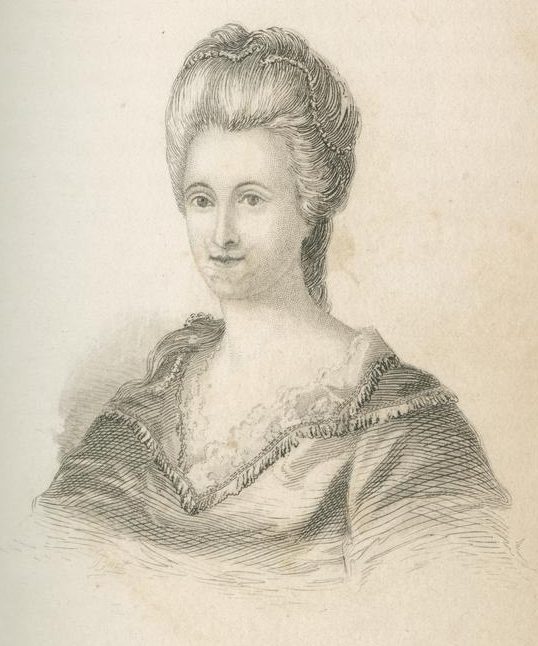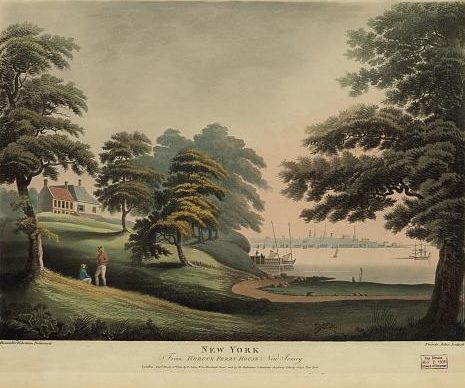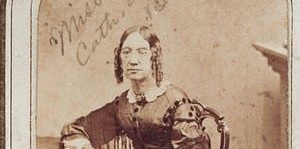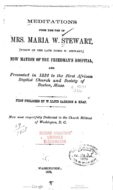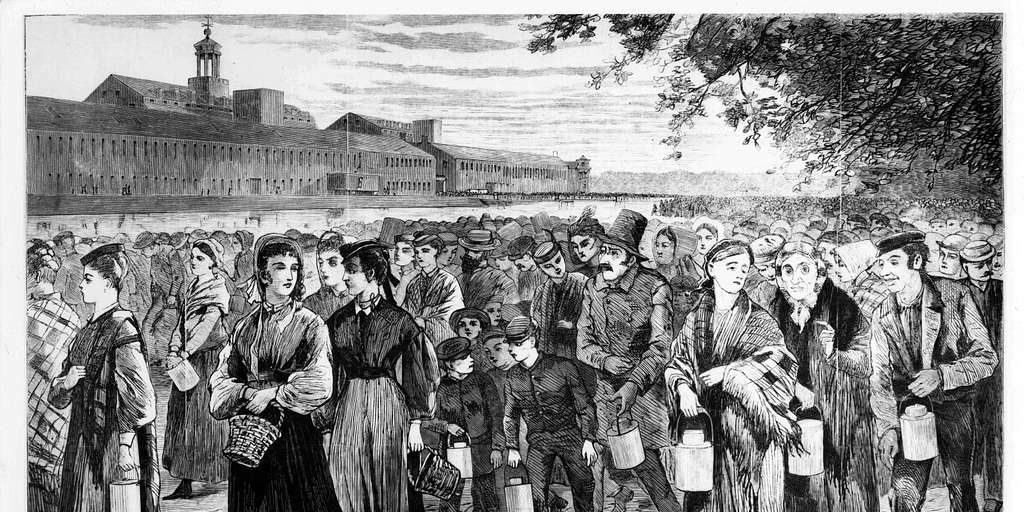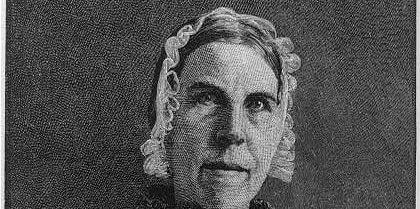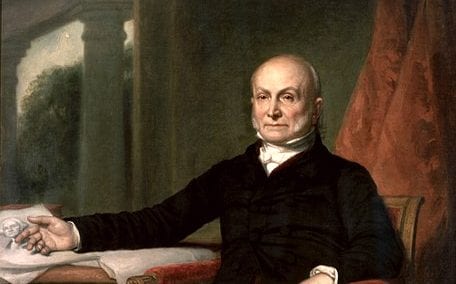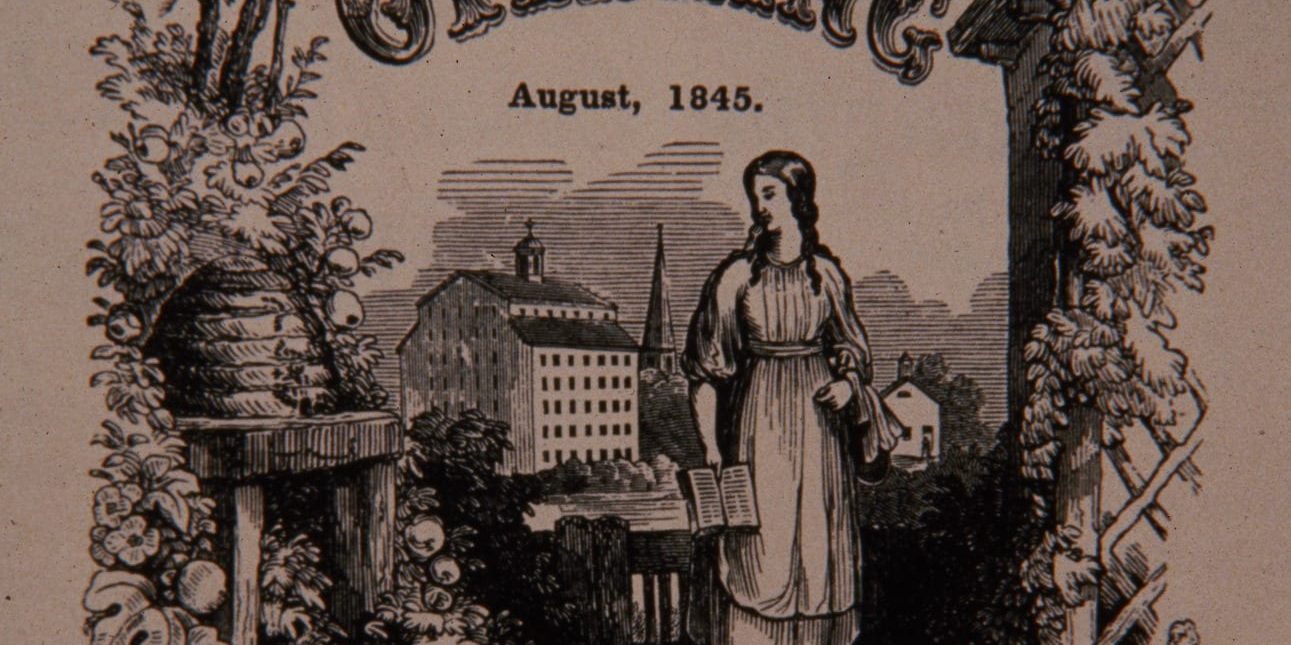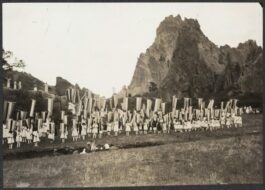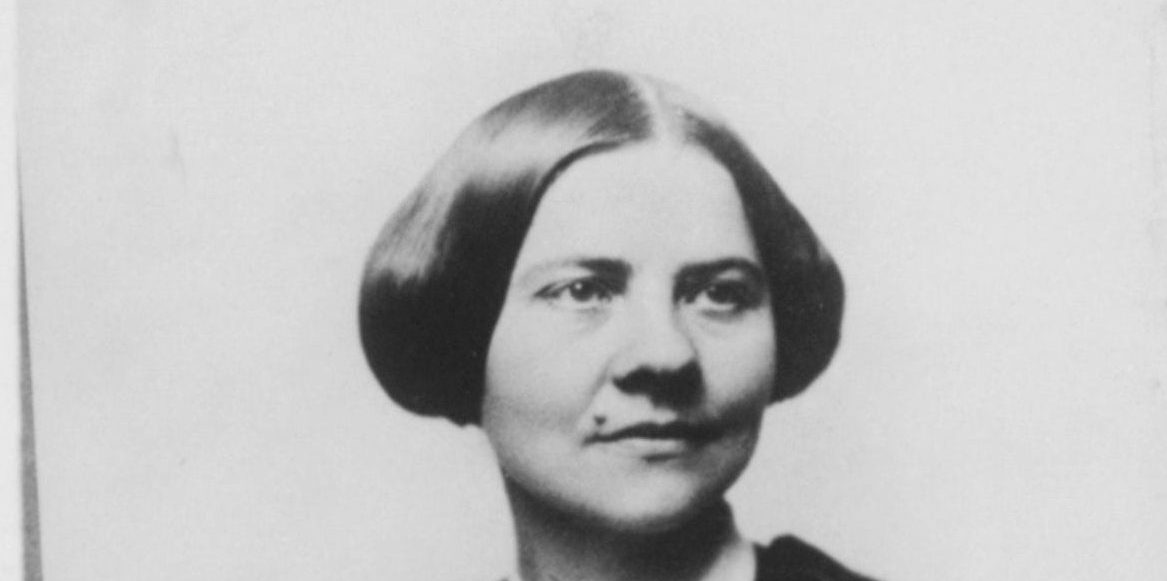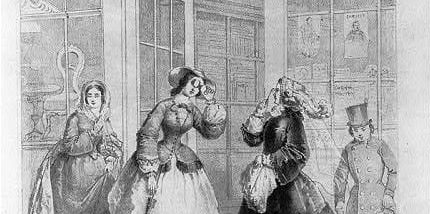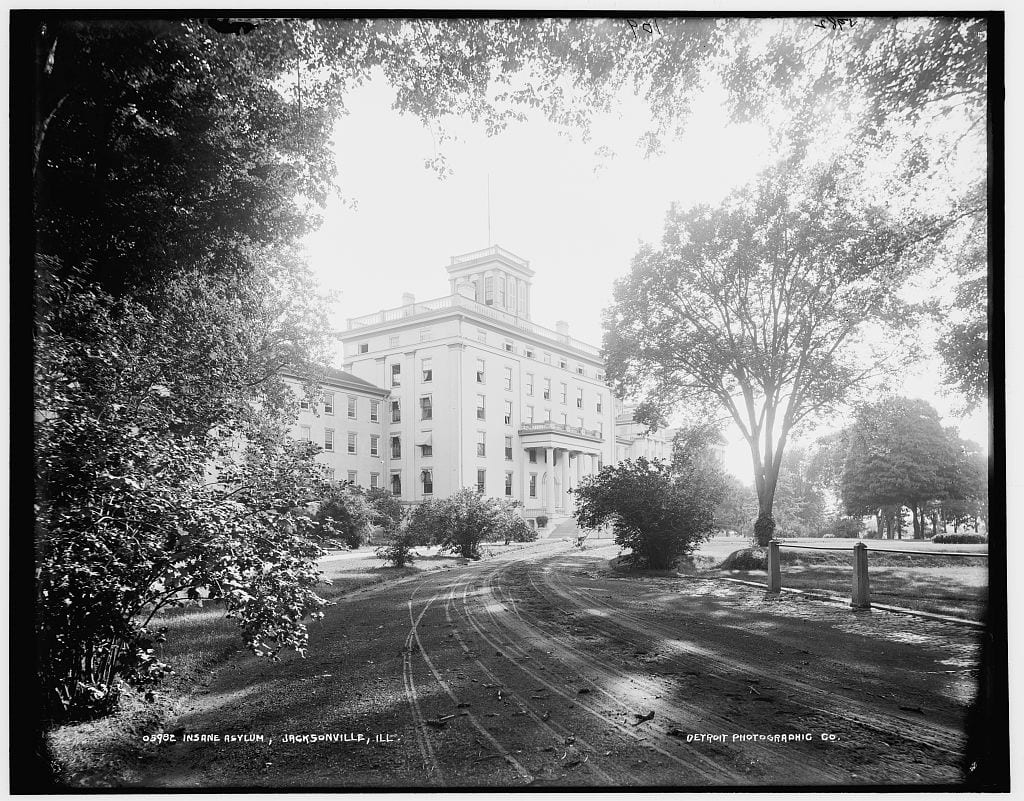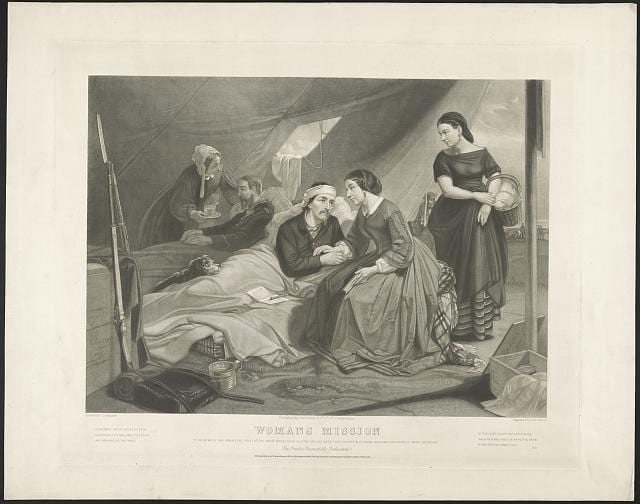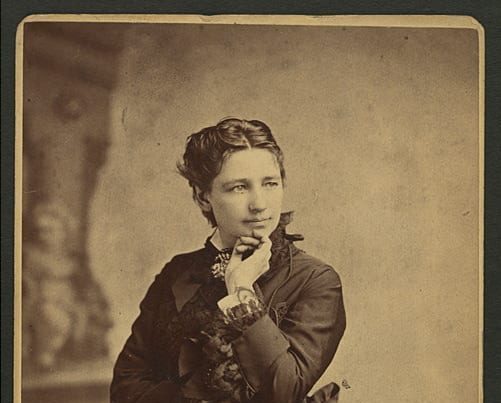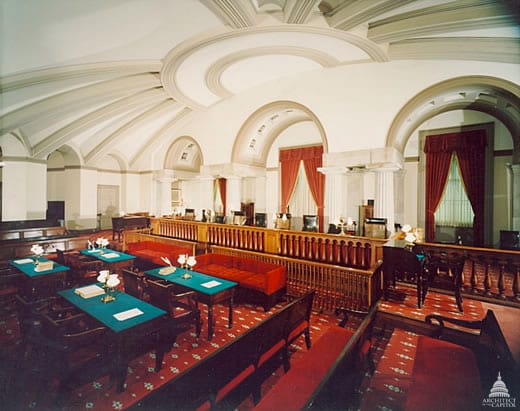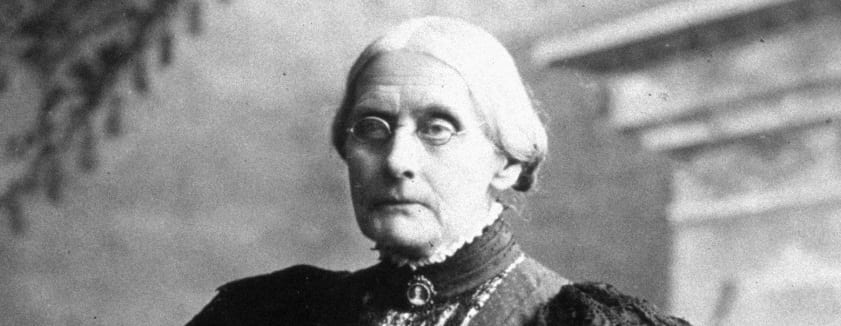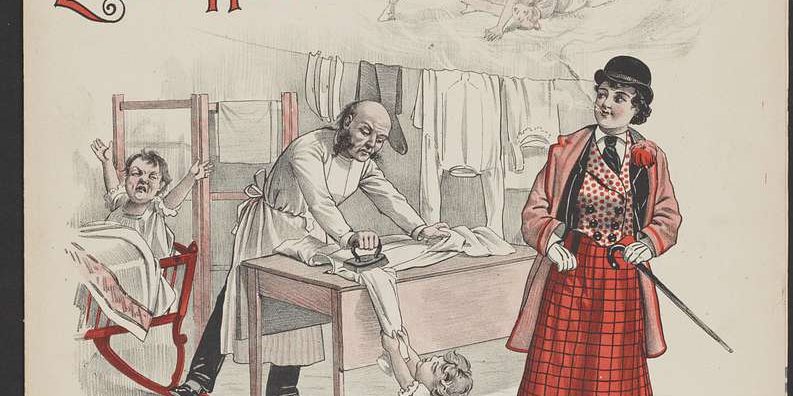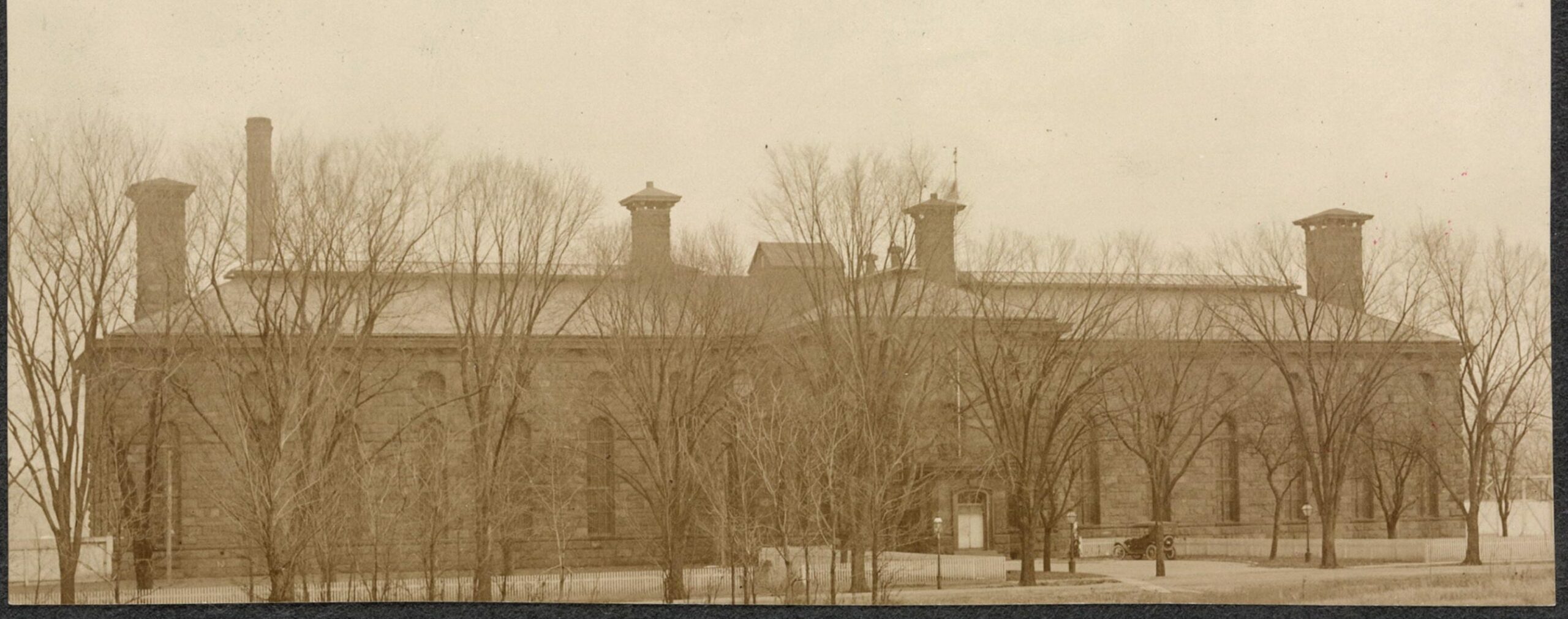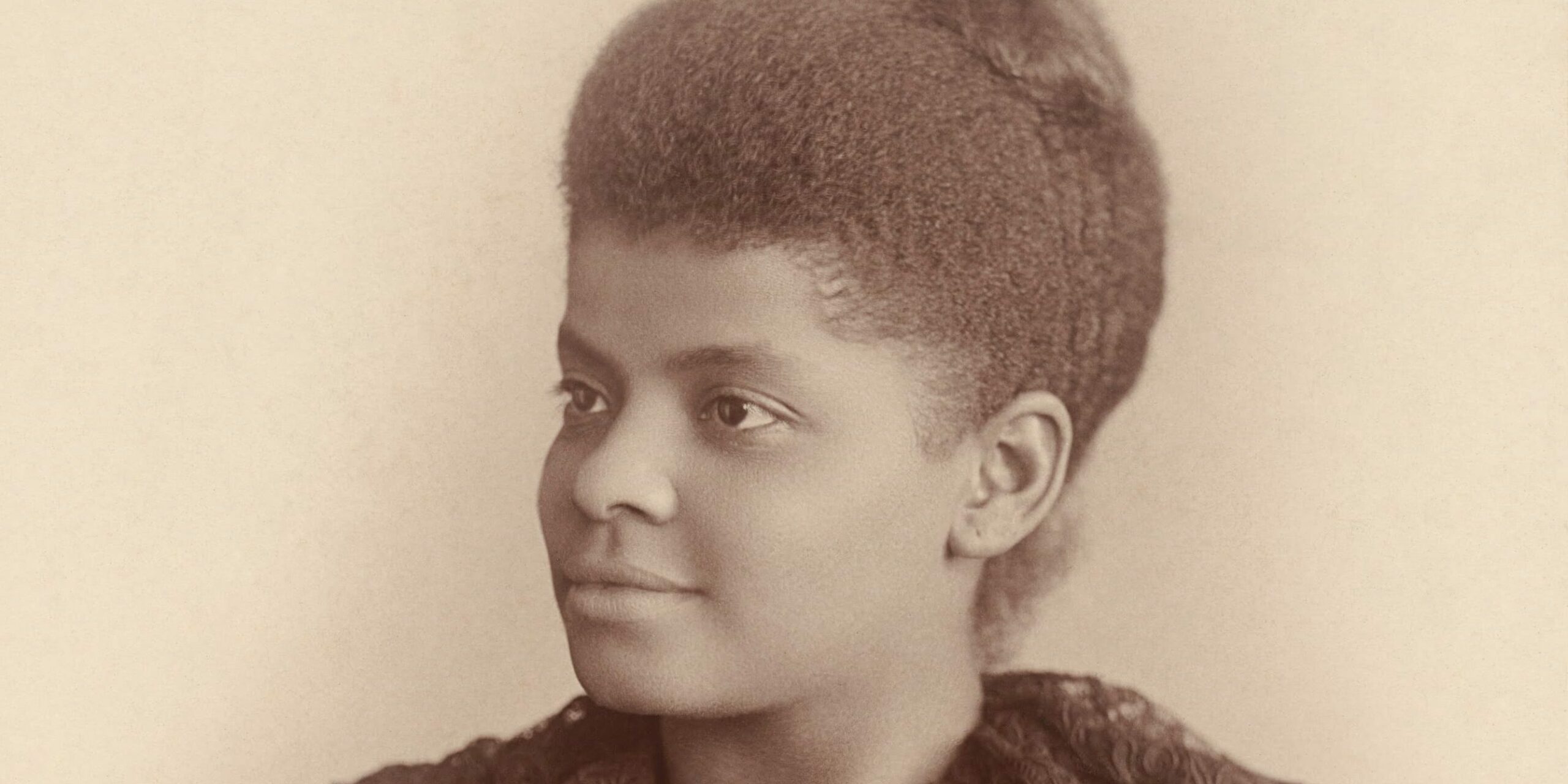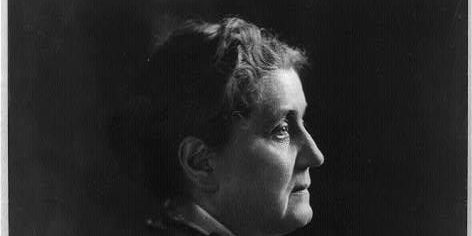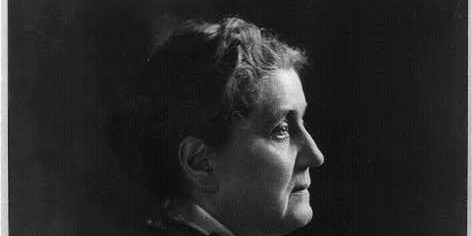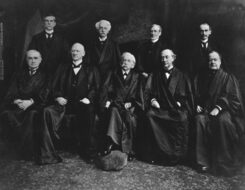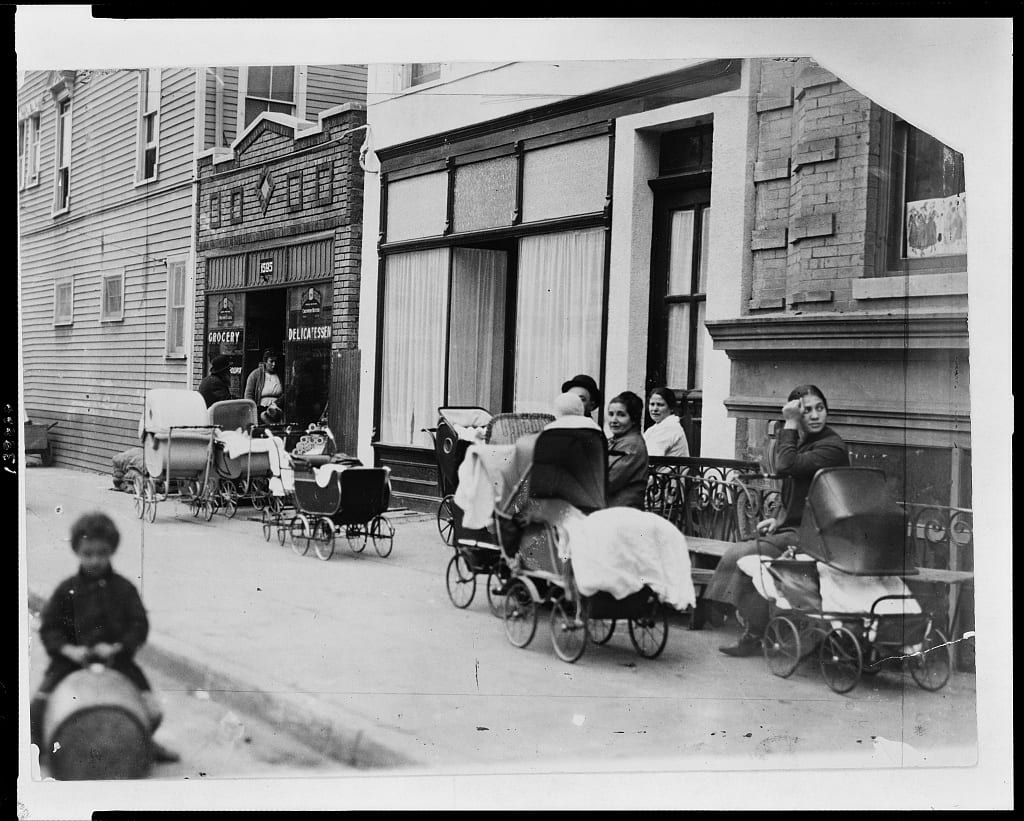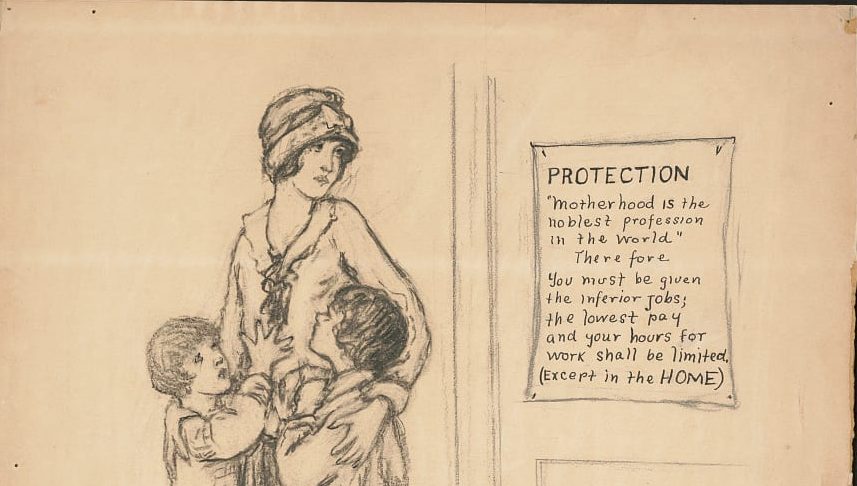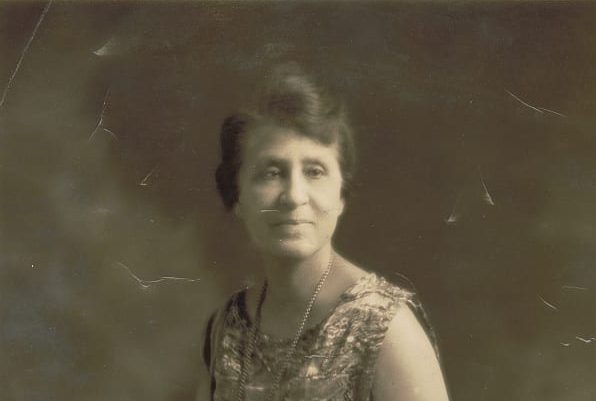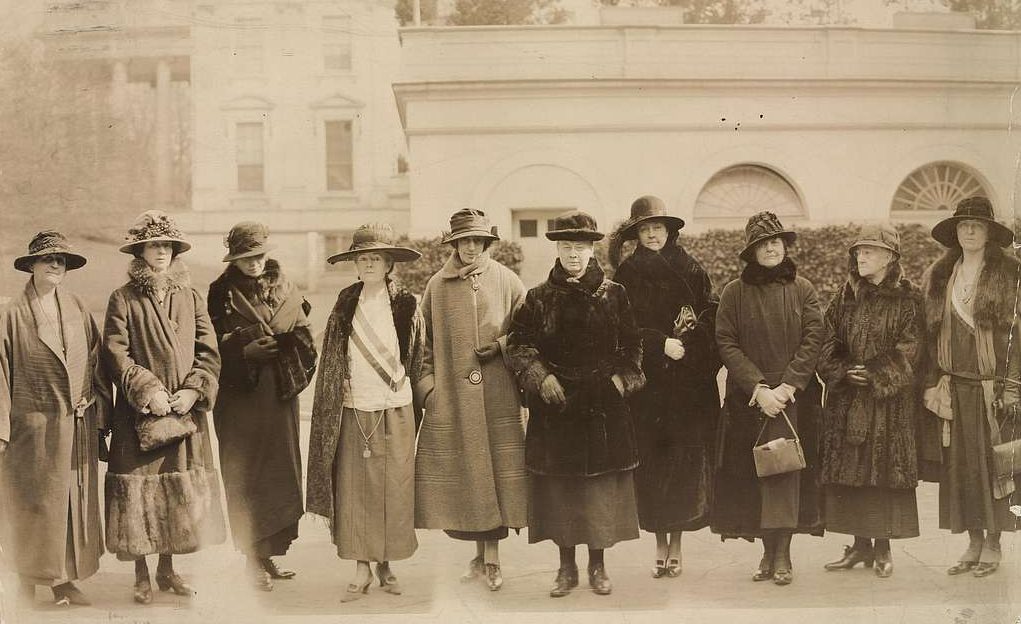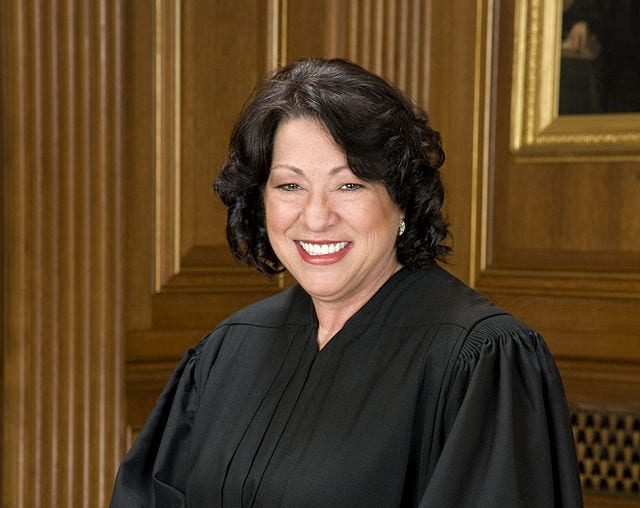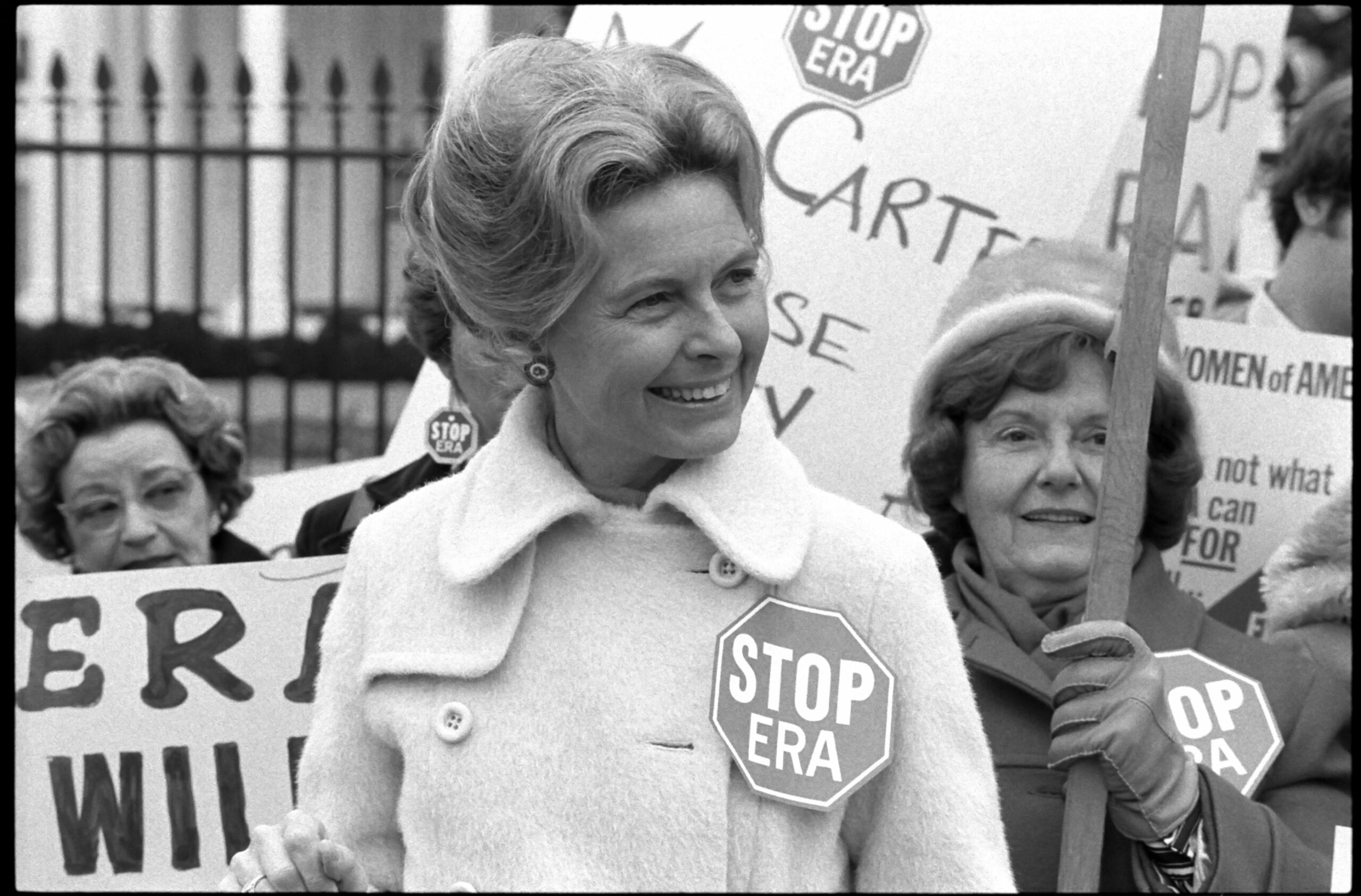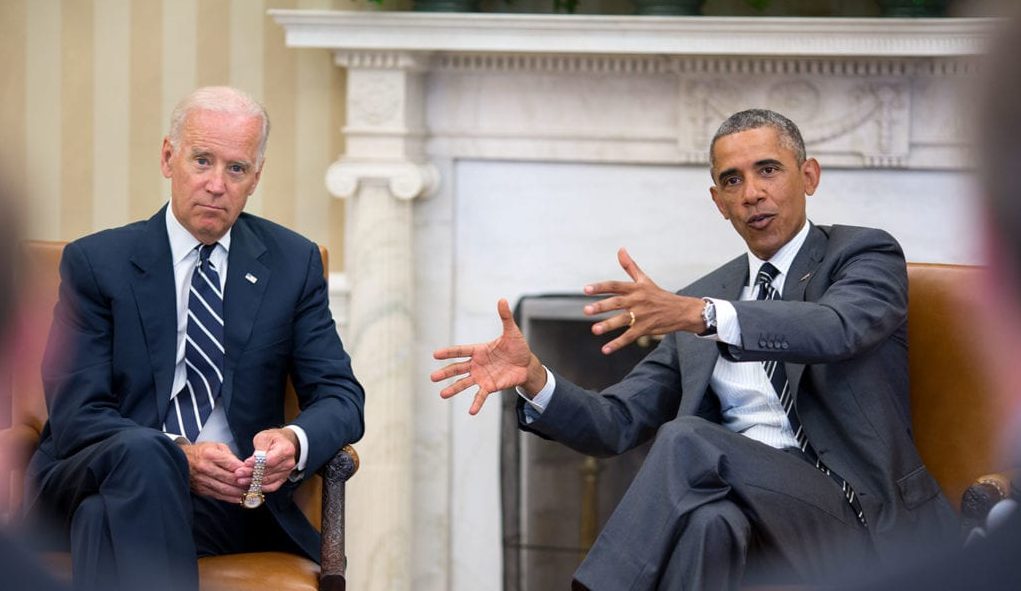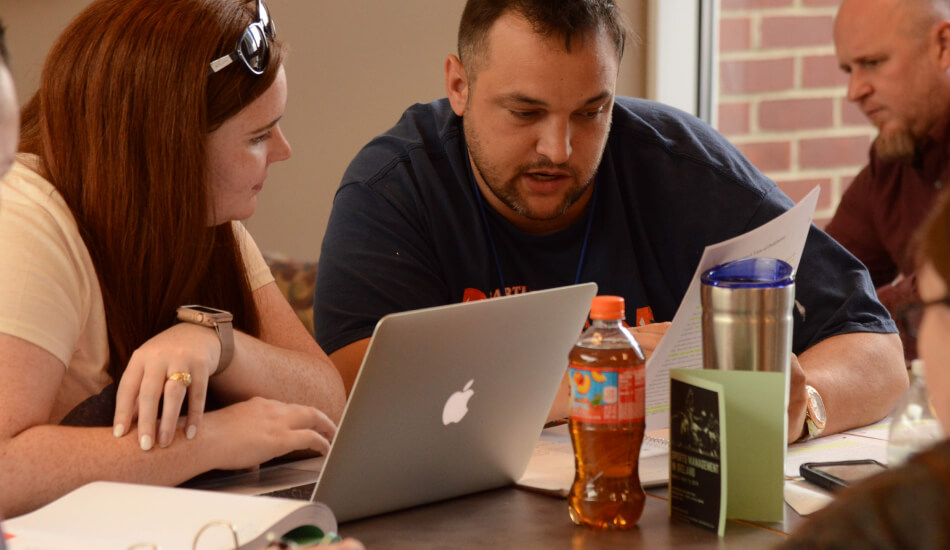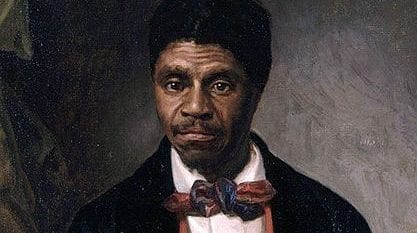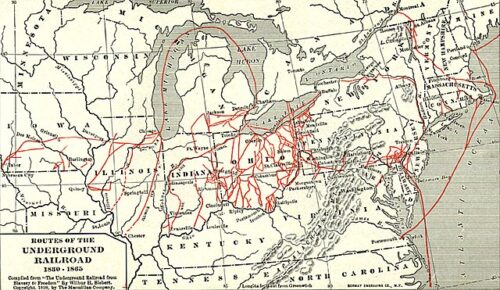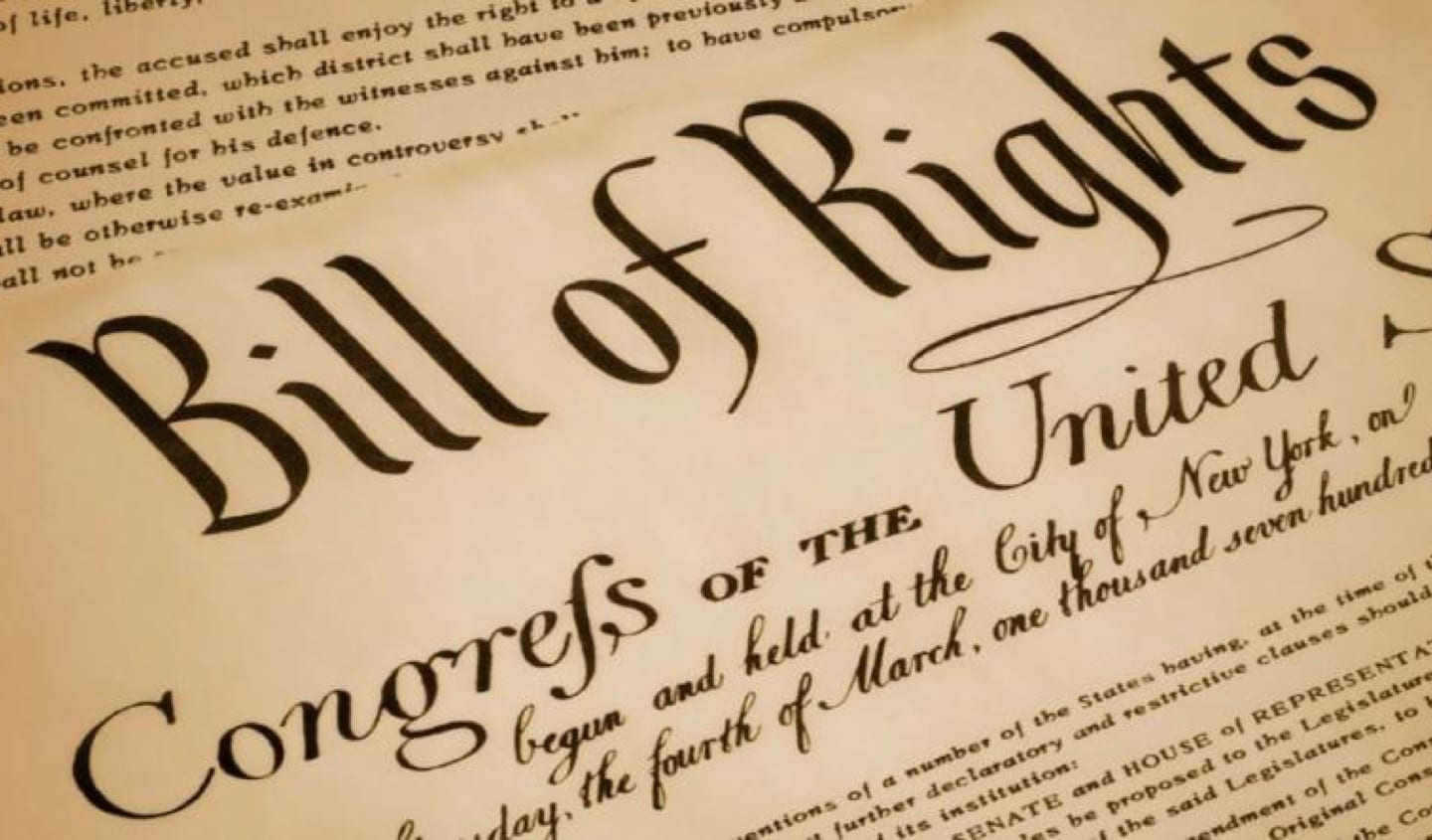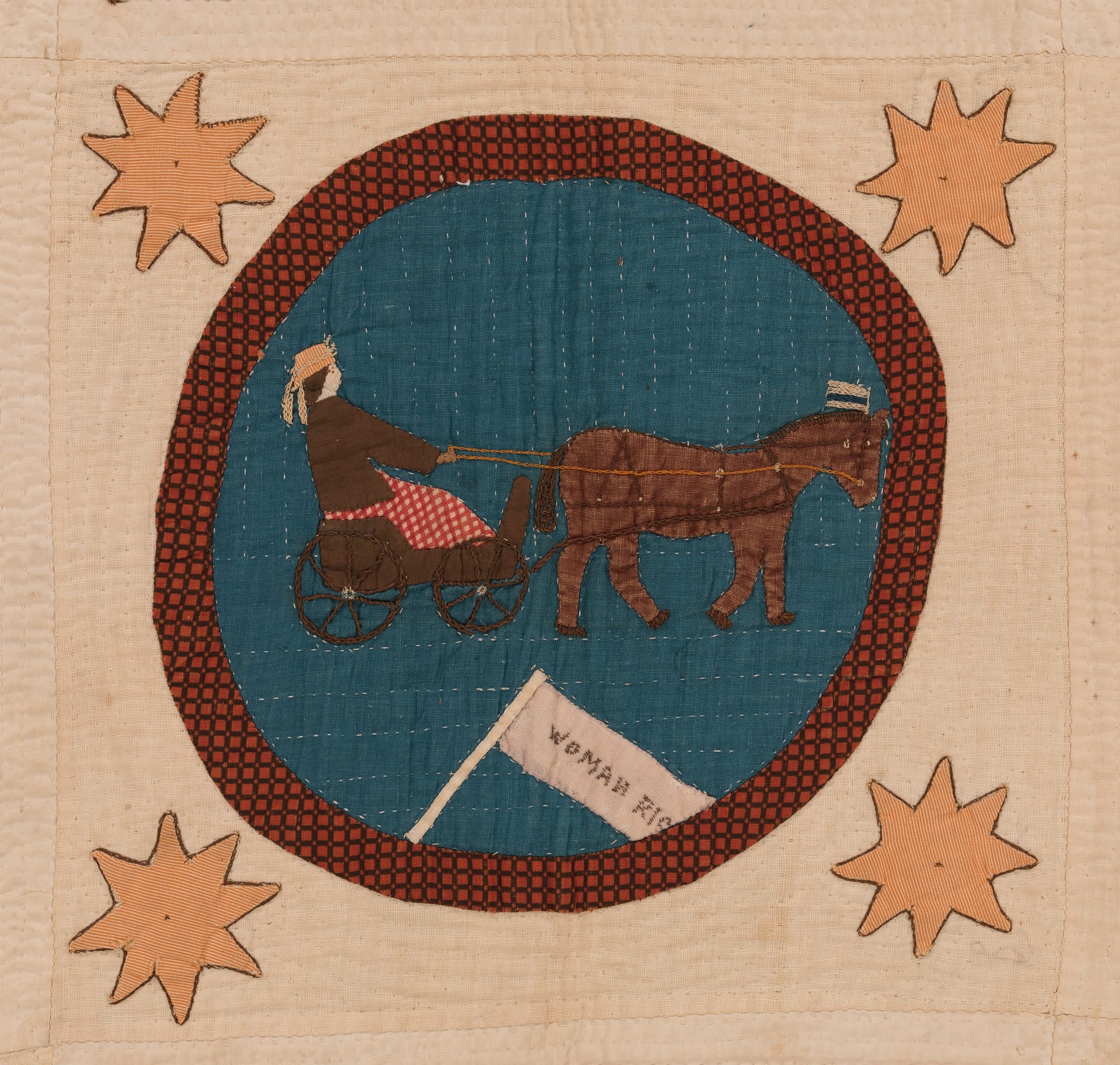
Gender and Equality
“The influence of woman is not limited to the domestic circle. Society is her empire.” Jonathan Stearns, 1837
Women’s power and influence in American society have never been synonymous with their legal or political privileges, as the epigram from Jonathan Stearns’ sermon illustrates. This volume of primary documents attempts to provide a survey of the ways in which the foundational political principle of equality between persons has been discussed and debated in relation to women over the course of American history. While I have attempted to incorporate documents that highlight the diversity of areas in which equality has been a point of contention between men and women (ranging from marital relations to laboring conditions to voting rights), the collection is necessarily selective: documents related to women from the colonial period are absent (saved for a future volume in Ashbrook’s Core Document Collections focusing on that time period), as are documents related to women in the military, for example (some of which appear in our World War II volume). While there are some documents in the collection by men, the majority were authored by women, an editorial decision meant to allow the women of America’s past to speak for themselves, rather than filtering the arguments surrounding women’s rights, whether in the public or private spheres, through male voices.
The documents selected for inclusion in this volume begin with a poem by Phyllis Wheatley, written while she was yet a child bound in slavery in Boston, that presumes her equal moral and spiritual worth—despite her gender or lack of freedom. It is fitting that the collection opens with a document that draws together the issues of race and gender, for the intersection of these two themes has been an enduring complication in the pursuit of equal rights by both African Americans and women, as several additional documents in the volume illustrate (see Declaration of Sentiments and Muller v. Oregon).
My aim in the volume is to illuminate the ways in which women acted out of an assumed equality with men despite often being denied legally equal status. For example, in the case of the Edenton Ladies’ Agreement, a society of patriot women denied official political standing nevertheless took it upon themselves to engage in a political protest (a nonimportation pact). British newspapers cited this agreement as evidence of the virtue of American women, since they had organized themselves on behalf of the greater good. In a similar display of civic agency, during the war, women in the Philadelphia area contributed to a fundraising campaign to provide new uniforms to the soldiers of the Continental Army. In the antebellum period, thousands of women sent petition after petition to protest the U.S. government’s treatment of Native Americans and the institution of slavery. Later in the nineteenth century, women became leading advocates of other social reforms, ranging from improving labor conditions to the treatment of the mentally ill to the social problems of urban living in the modern city. These women did not let the lack of a formal role in the political process as voters or potential elected officials deter them from participating in political and civic life. Some used this robust public activity as an argument against women’s suffrage: as voters, the argument went, women would be subject to the same self-interest and potential corruption as men; as nonvoters, their participation in the nation’s civic life was free from such vice.
Nevertheless, discussions over the meaning of equality between the sexes were ongoing: in what sense were men and women “equal” if their very anatomies declared them to be different? Did equality under such conditions actually demand recognition of women’s needs for special protections? At the very least, it seemed to many women that equality in the public sphere depended upon equality in the private sphere. Marriage was viewed as both a private “contract” between individuals and a fundamental social institution (and therefore, of public interest). Husbands were regarded as household “heads” and women as so completely under their influence that a woman could not (according to some jurists) be culpable for a crime she committed in the presence of her husband. Some men used this legal fiction to manipulate and even abuse their wives. Divorces were accessible (if the woman could demonstrate that she had been abused or neglected), but in most jurisdictions, only through the judicial process (because of its special status, it was argued that marriage could not be dissolved simply by the consent of the two parties but required special permission from the state), and therefore both expensive and subject to the arbitrary whims of particular judges. Young children were often granted to the mother in custody settlements (due to her presumed greater ability to nurture them), but this was a matter of “possession” and not “title”—that is, the father could legally reclaim them at any time. Unsurprisingly, questions related to women’s roles in the family, marriage equality, and reproductive freedom figure prominently in this volume as well (see Marriage Protest, Consistent Democracy, “Filial Relations,” “Voluntary Motherhood,” The Feminine Mystique, Roe v. Wade, and “Equal Rights’ for Women: Wrong Then, Wrong Now.”).
Many writers in this volume viewed any differences that might exist between the sexes as either immaterial or advantageous. Women who met the same property-holding conditions as men were able to vote in New Jersey from 1776 until 1807, for example—evidence that for at least some of the Founders, the political equality of “all men” meant all human persons. Frequently we see the argument that women ought to be considered fully equal participants in their life with men because their differences provided an essentially complementary perspective to that of their male counterparts. Other writers argued that differences between men and women were merely constructed by-products of social and political disadvantage. The question of suffrage and whether or not women’s other civil rights require constitutional protections beyond those given to other classes of citizens appears early and remains late. Although the Nineteenth Amendment guaranteeing woman suffrage was ratified in 1920, the question of an Equal Rights Amendment remains unresolved one hundred years later.
I am grateful to the Ashbrook Center for the opportunity to work on this collection, and to my many talented colleagues there and the students in our graduate program who helped to shape its contents. Special thanks are due to Sarah Beth Kitch, Melissa Matthes, Cara Rogers, Natalie Taylor, and David and Ellen Tucker for helping me hash through the questions of what to include and why. Any remaining omissions or idiosyncrasies are entirely my own responsibility, but I will gladly share whatever credit the collection may warrant with those who have been so essential to its development.
Sarah A. Morgan Smith
Fellow
Ashbrook Center
Marriage and Divorce
Elizabeth Cady Stanton, Declaration of Sentiments, July 19, 1848
Lucy Stone and Henry Blackwell, Marriage Protest, May 2, 1855
Elizabeth Packard, Marital Power Exemplified, 1870
Betty Friedan, The Feminine Mystique, 1963
Motherhood, Sex, and Contraception
Lucy Stone and Henry Blackwell, Marriage Protest, May 2, 1855
David J. Brewer, Muller v. Oregon, 1908
Margaret Sanger, “Voluntary Motherhood,” March 1917
Betty Friedan, The Feminine Mystique, 1963
Robin Morgan, Press Release and Open Letter Inviting Women to Attend the Miss America Protest, August 22, 1968
Henry Blackmun et al., Roe v. Wade, 1973
Phyllis Schlafly, “‘Equal Rights’ for Women: Wrong Then, Wrong Now,” 2007
Joseph Biden and Barack Obama, Remarks at the Signing of the Violence against Women Act, March 7, 2013
Anti-Suffrage
Catharine E. Beecher, “An Address on Female Suffrage,” 1870
National Association Opposed to Woman Suffrage, Some Reasons Why We Oppose Votes for Women, 1894
Pro-Suffrage
New Jersey Legislature, Voter Qualification Law, 1807
Elizabeth Cady Stanton, Declaration of Sentiments, July 19, 1848
Sojourner Truth, Remarks at the Women Rights Convention, June 21, 1851
H. B. Anthony, Henry Ward Beecher, Wm. H. Channing, et al., Consistent Democracy, 1858
Victoria C. Woodhull, “Memorial” and “Constitutional Equality,” December 19, 1870, and January 2, 1871
Morrison Waite, Minor v. Happerset, March 29, 1875
Susan B. Anthony, Matilda Joslyn Gage, and Elizabeth Cady Stanton, Declaration of Rights of the Women of the United States, July 4, 1876.
Jane Addams, “Filial Relations,” 1902
Jane Addams, The Modern City and the Municipal Franchise for Women, 1906
Moral or Theological Arguments
Phyllis Wheatley, “On Virtue,” 1766
Judith Sargent Murray, “On the Equality of the Sexes,” March and April 1790
[Catharine Beecher], CIRCULAR: Addressed to Benevolent Ladies of the United States, December 1829
Sarah Grimké, Letters on the Equality of the Sexes and the Condition of Women, 1837
Sarah G. Bagley, “The Ten Hour System,” November 1845
Elizabeth Cady Stanton, Declaration of Sentiments, July 19, 1848
Sojourner Truth, Remarks at the Women Rights Convention, June 21, 1851
Lucy Stone and Henry Blackwell, Marriage Protest, May 2, 1855
H. B. Anthony, Henry Ward Beecher, Wm. H. Channing, et al., Consistent Democracy, 1858
Catharine E. Beecher, “An Address on Female Suffrage,” 1870
Jane Addams, “Filial Relations,” 1902
Constitutional Arguments
Lowell Factory Girls Association, Constitution, September 26, 1836
John Quincy Adams, “The Right of the People, Men and Women, to Petition,” June 16–July 7, 1838
Elizabeth Cady Stanton, Declaration of Sentiments, July 19, 1848
H. B. Anthony, Henry Ward Beecher, Wm. H. Channing, et al., Consistent Democracy, 1858
Victoria C. Woodhull, “Memorial” and “Constitutional Equality,” December 19, 1870, and January 2, 1871
Morrison Waite, Minor v. Happerset, March 29, 1875
Susan B. Anthony, Matilda Joslyn Gage, and Elizabeth Cady Stanton, Declaration of Rights of the Women of the United States,
July 4, 1876
Women’s Work and Economic Activism by Women
Edenton Ladies’ Agreement, October 27, 1774
Esther Reed, The Sentiments of an American Woman, January 1780
Lowell Factory Girls Association, Constitution, September 26, 1836
Sarah G. Bagley, “The Ten Hour System,” November 1845
Crystal Eastman, “Now We Can Begin,” December 1, 1920
Mary Church Terrell, “The Black Mammy Monument,” 1923
Betty Friedan, The Feminine Mystique, 1963
Robin Morgan, Press Release and Open Letter Inviting Women to Attend the Miss America Protest, August 22, 1968
Arguments from Difference
Judith Sargent Murray, “On the Equality of the Sexes,” March and April 1790
[Catharine Beecher], CIRCULAR: Addressed to Benevolent Ladies of the United States, December 1829
Sojourner Truth, Remarks at the Women Rights Convention, June 21, 1851
Catharine E. Beecher, “An Address on Female Suffrage,” 1870
Jane Addams, The Modern City and the Municipal Franchise for Women, 1906
David J. Brewer, Muller v. Oregon, 1908
Shirley Chisholm, “For the Equal Rights Amendment,” May 21, 1969, and August 10, 1970
Sonia Sotomayor, “A Latina Judge’s Voice,” October 26, 2001
Phyllis Schlafly, “‘Equal Rights’ for Women: Wrong Then, Wrong Now,” 2007
Joseph Biden and Barack Obama, Remarks at the Signing of the Violence against Women Act, March 7, 2013
Arguments from Sameness
Phyllis Wheatley, “On Virtue,” 1766
Edenton Ladies’ Agreement, October 27, 1774
Judith Sargent Murray, “On the Equality of the Sexes,” March and April 1790
Sarah Grimké, Letters on the Equality of the Sexes and the Condition of Women, 1837
Elizabeth Cady Stanton, Declaration of Sentiments, July 19, 1848
Lucy Stone and Henry Blackwell, Marriage Protest, May 2, 1855
Clara Foltz, “Should Women Be Executed?,” 14 November 1896
Shirley Chisholm, “For the Equal Rights Amendment,” May 21, 1969, and August 10, 1970
Crystal Eastman, “Now We Can Begin,” December 1, 1920
Alice Paul and Benjamin Loring Young, “Equal Rights Amendment to the Federal Constitution,” February 1924
Shirley Chisholm, “For the Equal Rights Amendment, May 21, 1969, and August 10, 1970
Phyllis Schlafly, “‘Equal Rights’ for Women: Wrong Then, Wrong Now,” 2007
Race and Gender
Phyllis Wheatley, “On Virtue,” 1766
[Catharine Beecher], CIRCULAR: Addressed to Benevolent Ladies of the United States, December 1829
John Quincy Adams, “The Right of the People, Men and Women, to Petition,” June 16–July 7, 1838
Sojourner Truth, Remarks at the Women Rights Convention, June 21, 1851
Ida B. Wells-Barnett, “Lynch Law in America,” January 1900
Mary Church Terrell, “The Black Mammy Monument,” 1923
Shirley Chisholm, “For the Equal Rights Amendment, May 21, 1969, and August 10, 1970
Sonia Sotomayor, “A Latina Judge’s Voice,” October 26, 2001
For each of the documents in this collection, we suggest below in section A questions relevant for that document alone and in section B questions that require comparison between documents.
1. Phyllis Wheatley, “On Virtue,” 1766
A. What does Wheatley mean by virtue? Where does she expect to find it, and what does she expect will be her reward?
B. Does Wheatley seem preoccupied by either her race or her gender in this poem? How might she respond to a later author such as Grimké or Chisholm?
2. Edenton Ladies’ Agreement, October 27, 1774
A. Reading between the lines, did these women see the American fight against British policies to be their concern or not? How do they express their agency?
B. Consider the agreement in light of the Lowell documents —how does women’s economic power manifest itself in both documents?
3. Esther Reed, The Sentiments of an American Woman, 1780
A. Why do women have a particular role to play in resisting political oppression? What is the value of bringing in historical examples of women who helped to save their people in various times of trouble?
B. How would Reed respond to someone like Catharine Beecher? How would she respond to something like the court opinion in Muller v. Oregon?
4. Judith Sargent Murray, “On the Equality of the Sexes,” March and April 1790
A. Explain Murray’s use of the terms imagination, reason, memory, and judgment. How does breaking the intellect into these various faculties help or hinder her ability to make her argument about the essential equality between men and women?
B. How does Murray’s understanding of the Genesis story and her attempt to redeem women from the blame associated with Eve compare to that of Sarah Grimké? How does her understanding of the role of education in the development of men and women relate to the grievances listed in the Seneca Falls Declaration of Sentiments?
5. New Jersey State Legislature, Voter Qualification Law, November 16, 1807
A. This document almost has to be read between the lines: that is, if the aim was to reduce confusion “in regard to the admission of aliens, females, and persons of color, or negroes to vote in elections,” then what must we surmise had been going on in New Jersey up to that point?
B. How would Judith Sargent Murray’s understanding of gender equality cause her to evaluate the “clarification” offered here?
6. [Catharine Beecher], CIRCULAR: Addressed to Benevolent Ladies of the United States, December 1829
A. How does Beecher’s letter illuminate the intersections and connections between race, gender, religion, justice, and liberty? What does it reveal about the political engagement of women in the late 1820s?
B. Does Beecher’s stance against woman suffrage contradict her arguments in favor of women’s political activism here? Why or why not?
7. Maria W. Miller Stewart, Lecture Delivered at Franklin Hall, September 21, 1832
A. What does Stewart mean when she says “why sit ye here and die?” What is she saying to the audience in that moment, and what would be the rhetorical effect of opening her speech with such a powerful evocation?
B. Stewart seems to be suggesting that the path forward to African American equality lies through women’s equality; how would this claim be complicated by the works of someone like Sojourner Truth or Clara Foltz?
8. Lowell Factory Girls Association, Constitution, September 26, 1836
A. What do the “factory girls” consider to be the necessary virtues of the “daughters of freemen”? How does the constitution for the association reflect those virtues?
B. How does the constitution of the Lowell Factory Girls provide a framework for women’s future appeals for economic opportunity and fair treatment in American history? Consider Crystal Eastman’s mixing of economic and cultural arguments.
9. Sarah Grimké, Letters on the Equality of the Sexes and the Condition of Women, 1837
A. Grimké discusses several “classes” among women; does she think these differing groups have essential similarities, and if so, what are they? How does Grimké address the problem of racial discrimination and slavery and its relation to the oppression of women?
B. How does Grimké’s view of the ways men will benefit from woman’s equality compare with that of someone like Jane Addams or Shirley Chisholm?
10. John Quincy Adams, “The Right of the People, Men and Women, to Petition,” June 16–July 7, 1838
A. How does Adams understand woman as citizens? What rights does he believe them to have in that capacity? What rights might they not have under his understanding?
B. How would Adams respond to someone like Clara Foltz?
11. Sarah G. Bagley, “The Ten Hour System,” November 1845
A. How and why does Bagley argue that the “ten-hour system” will serve to bolster America’s republican principles?
B. How did women’s labor (paid and unpaid) inside and outside the home simultaneously uphold and test the ideal of the home as the center of middle-class morality? Consider this in light of both Jane Addams and Betty Friedan.
12. Elizabeth Cady Stanton, Declaration of Sentiments, July 19, 1848
A. The Declaration of Sentiments is patently modeled upon the Declaration of Independence issued by the Continental Congress to establish the United States as a separate nation from Great Britain. Does the Declaration of Sentiments presuppose that women will establish their own “independence” from men in a similar way? Does it presuppose a warlike state to exist between the sexes?
B. Consider the many “injuries and usurpations” listed in light of the other documents in this collection: how were those that were later resolved, resolved? Which seem to have been the most intractable?
13. Sojourner Truth, Remarks at the Women Rights Convention, June 21, 1851
A. In what ways does Truth’s speech emphasize the unity of all women, and it what ways does it lay bare the differences between white women’s and black women’s experience in the nineteenth century?
B. Considering this document, as well as Muller v. Oregon, how does the expectation that citizenship requires productive labor relate to other expectations about women? How do the questions of race and social class complicate these issues?
14. Lucy Stone and Henry Blackwell, Marriage Protest, May 2, 1855
A. How do religion, natural rights, the common law, and other types of political arguments factor into the common understanding of marriage as Stone and Blackwell see it?
B. What connection, if any, is there between Stone and Blackwell’s “protest” and the later push among women’s rights activists for reproductive rights (see Voluntary Motherhood)?
15. H. B. Anthony, Henry Ward Beecher, Wm. H. Channing, et al., Consistent Democracy, 1858
A. What are the various reasons men might welcome women’s political participation?
B. How would Robin Morgan and other “women’s libbers” respond to these men? Would they accept them as allies?
16. Elizabeth Packard, Marital Power Exemplified, 1870
A. How does Packard’s characterization of women’s status under Illinois’ marriage laws as a type of slavery suggest race and gender are similar categories in law and politics? How are they different?
B. Use Lucy Stone’s Marriage Protest to comment on Elizabeth Packard’s experience: might the widespread adoption of such a view of marriage have prevented Packard from being kidnapped and imprisoned?
17. Catharine E. Beecher, “An Address on Female Suffrage,” 1870
A. According to Catharine Beecher, why is woman suffrage impractical? What institutions are threatened by woman suffrage? Much of Beecher’s argument is inspired by the belief that suffrage is a responsibility—not a right. If this is so, why is it not a woman’s responsibility? To what responsibilities ought woman direct her attention?
B. How does Beecher’s view of suffrage as a responsibility and not a right compare to that of the court in Minor v. Happersett?
18. Victoria C. Woodhull, “Memorial” and “Constitutional Equality,” December 19, 1870, and January 2, 1871
A. How and why does Woodhull argue that women are citizens entitled to protection under the Fourteenth and Fifteenth Amendments (see Appendix D)? Is this a valid mode of constitutional interpretation?
B. How does Murray’s view of women and men fit with the method of constitutional interpretation advocated by Woodhull here?
19. Minor v. Happerset, March 29, 1875
A. Why is suffrage not a right of citizenship according to the Court? If suffrage is not a citizenship right, what kind of right is it?
B. If suffrage is not a citizenship right, does that negate the arguments of the pro-suffrage wing of the women’s rights movement that do not depend on the Fifteenth Amendment?
20. Susan B. Anthony, Matilda Joslyn Gage, and Elizabeth Cady Stanton, Declaration of Rights of the Women of the United States, July 4, 1876
A. What is the political value of using this rhetorical form at this time in history?
B. Compare the list of grievances to those in the Seneca Falls Declaration of Sentiments and evaluate the state of the fight for women’s equality at that time.
21. National Association Opposed to Woman Suffrage, Some Reasons Why We Oppose Votes for Women, 1894
A. Why do women not need the vote? What problems might woman suffrage pose for individual women and for society?
B. How would the authors of the Declaration of Rights of the Women of the United States respond to this document?
22. Clara Foltz, “Should Women Be Executed?,” November 14, 1896
A. Does Foltz believe men and women ought to be treated as fundamentally different or fundamentally the same in the eyes of the law? Why?
B. Would Foltz argue for or against the Equal Rights Amendment?
23. Ida B. Wells-Barnett, “Lynch Law in America,” January 1900
A. What does Ida B. Wells-Barnett consider the facts of lynching’s causes? What does she believe is the purpose behind white men lynching black men? How are white women complicit in the crime of lynching?
B. How should women of different races “weigh” the relative aspects of race and gender when entering into the public sphere, if at all? Consider Wells-Barnett, Sojourner Truth, and Sonia Sotomayor in that regard.
24. Jane Addams, “Filial Relations,” 1902
A. How would woman suffrage benefit society as a whole? In other words, how does Jane Addams reconceive the relationship between the private sphere and the public sphere?
B. Addams argues that women’s distinct nature should translate to political equality. Would Catharine Beecher and Phyllis Schlafly agree?
25. Jane Addams, The Modern City and the Municipal Franchise for Women, 1906
A. What does Addams believe uniquely qualifies women for participation in the governance of modern urban communities? Would this argument be negated by changing conditions that did not require “women’s special insights”?
B. What would Elizabeth Cady Stanton say in response to this speech? Is Addams too pragmatic?
26. David J. Brewer, Muller v. Oregon, 1908
A. Why did protective legislation for women prove controversial (for both employers and women’s rights advocates) when it was introduced in the early twentieth century?
B. Would the Equal Rights Amendment negate this legislation? Would that advantage or disadvantage women?
27. Margaret Sanger, “Voluntary Motherhood,” March 1917
A. What is the connection between voluntary motherhood and suffrage?
B. Consider Jane Addams’ view of the role of women in the family: how would birth control complicate that perspective?
28. Crystal Eastman, “Now We Can Begin,” December 1, 1920
A. Why does Eastman believe the real work is yet to begin in the pursuit of women’s rights? What does she believe is necessary for equality to be achieved?
B. Compare Eastman’s view to that of Judith Sargent Murray: what rights really matter to these two women? How does having or not having the vote impact women’s ability to gain those other rights?
29. Mary Church Terrell, “The Black Mammy Monument,” 1923
A. Why does Terrell object to the proposed monument? How would the monument undermine black women’s claims to equality if it were erected in the nation’s capital?
B. Imagine a conversation between Sojourner Truth and Terrell: would they agree or disagree about the value of the proposed monument? Why?
30. Alice Paul and Benjamin Loring Young, “Equal Rights Amendment to the Federal Constitution,” February 1924
A. How does Alice Paul believe the Equal Rights Amendment would help women? Specifically, what does she think the ERA would remove? Why does Young find the Equal Rights Amendment unnecessary?
5. How does this debate compare to the later disagreement over the ERA as seen in the writings of Shirley Chisholm and Phyllis Schlafly?
31. Betty Friedan, The Feminine Mystique, 1963
A. How does Betty Friedan describe the “problem that has no name”? According to Friedan, how did postwar society describe women’s fulfillment?
B. Of the women’s rights activists in this collection, who would agree with Friedan and the fallacy of domestic fulfillment and satisfaction? Who would embrace the concept of domestic fulfillment?
32. Robin Morgan, Press Release and Open Letter Inviting Women to Attend the Miss America Protest, August 22, 1968
A. What does “women’s liberation” mean? How is women’s liberation different from women’s rights?
B. In this document collection, are there other women’s rights activists who, in their own words, blame men for “educating” women to view their worth as largely tied into their physical appearance by treating women as merely objects of beauty or sexual ornamentation?
33. Shirley Chisholm, “For the Equal Rights Amendment,” May 21, 1969, and August 10, 1970
A. Where does Chisholm place women in the fight for equal rights? How does their progress compare to that of other groups striving for equality? How does Chisholm challenge anti-ERA arguments by juxtaposing the ERA with civil rights legislation? What are some of the many “ambiguities and inconsistencies” of our legal system the Equal Rights Amendment would clarify?
B. How does Chisholm’s argument differ from previous ERA arguments? How does this speech align with Elizabeth Cady Stanton’s at the Seneca Falls Convention or with Sojourner Truth’s remarks?
34. Roe v. Wade, 1973
A. How does Justice Blackman describe women’s reproductive rights within the majority decision of Roe v. Wade? Discuss the difference between the majority and the minority on the question of a right to privacy.
B. How can we understand the relatively rapid rise of the idea of “reproductive equality” or “reproductive freedom” in relation to the other social, cultural, and political gains of women in the late nineteenth and early- to mid-twentieth centuries? How did this concept challenge and even change traditional understandings of women as “republican mothers”?
35. Sonia Sotomayor, A Latina Judge’s Voice, October 26, 2001
A. What do you think Sotomayor believes a “wise Latina” has to offer that a wise Latino would not? Is this an argument for equality that is persuasive? Does such an argument negate other reforms achieved by women?
B. How would Sotomayor respond to someone like Foltz, who sees little difference between men and women facing judgment for their crimes?
36. Phyllis Schlafly, “ ‘Equal Rights’ for Women: Wrong Then, Wrong Now,” 2007
A. According to Phyllis Schlafly, why did the ERA fail initially and why is its reintroduction doomed? Considering that the ERA was endorsed by multiple presidents, the majority of Congress, and thirty states, how does Schlafly explain its decline? How did conservatives like Phyllis Schlafly portray the ERA and the potential consequences of its ratification?
B. Does the existence of the Violence against Women Act provide confirmation that whatever the theoretical interest in an ERA might be, political prudence requires the type of legislative differentiation between men and women that Schlafly advocates?
37. Joseph Biden and Barack Obama, Remarks at the Signing of the Violence against Women Act, March 7, 2013
A. Would this legislation be considered protective legislation for women? If so, does this type of legislation promote the narrative of inequality between men and women? In other words, can justice be manifest in different and unequal laws?
B. Is this law founded on the premise that women have a distinct nature and different experience, as Catharine Beecher argues in “An Address On Female Suffrage”? Does this legislation answer any of the demands made by Elizabeth Cady Stanton in the “Declaration of Sentiments” ? Would this act contradict an Equal Rights Amendment?

